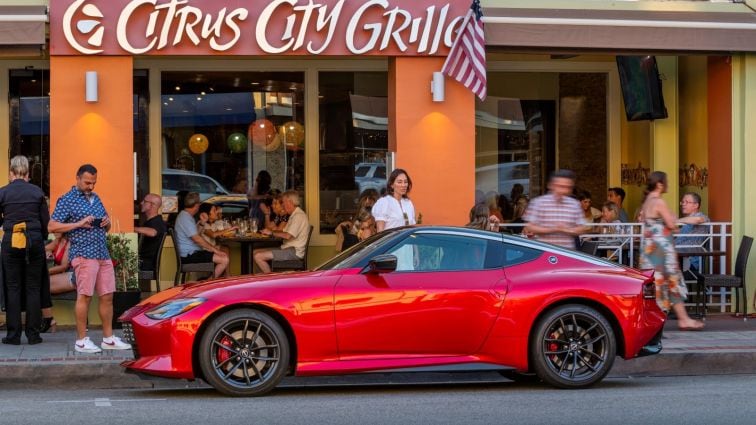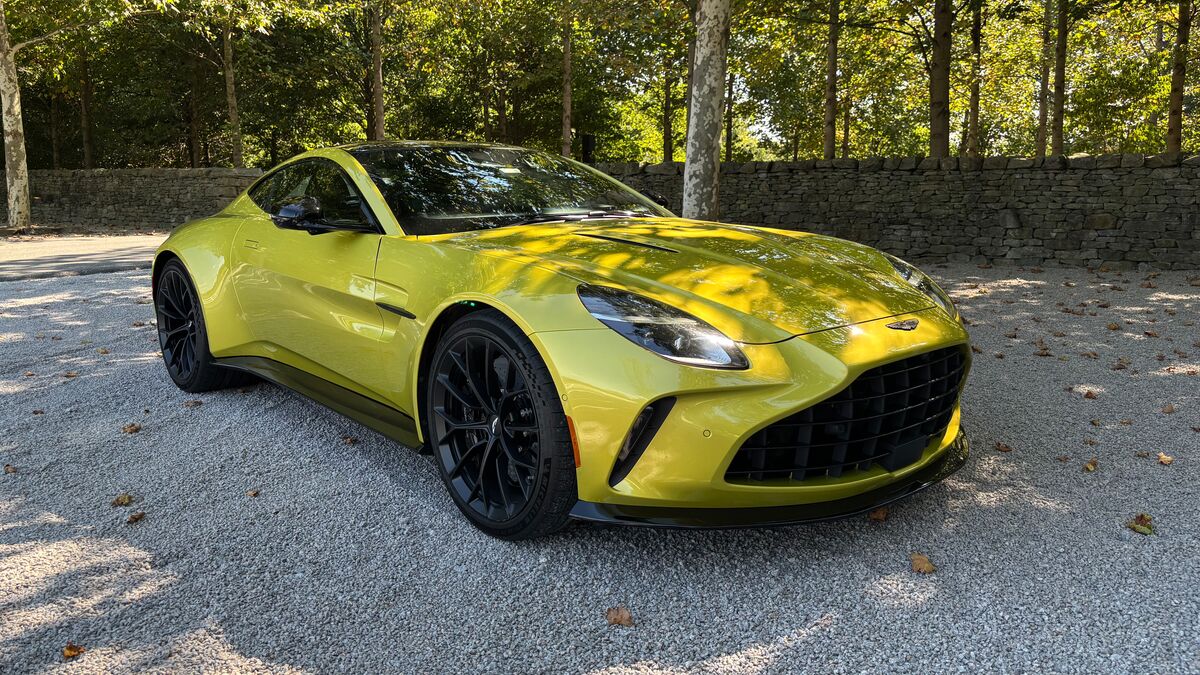The 2023 Nissan Ariya is one of the most compelling new electric vehicles (EVs). Its clean, spare-but-dynamic design and spacious, refined interior should make it an attractive alternative for many shoppers looking for something that stands out.
The 2023 Nissan Z is as close to a guaranteed hit as the automotive industry ever manages. It draws on nostalgia for the great Z cars of the past, yet carries their lines forward in a modern way and puts down more power than any GR Supra and many Mustangs.
But both cars have been relatively rare sights on American roads.
It’s not that Americans aren’t trying to buy them, a new report says. It’s that Nissan is struggling to build them.
The hold-up, though, isn’t microchips. It’s paint.
New Processes Mean New Problems
A (translated) report in Japan’s Driver Web quotes a source within Nissan’s production saying that there appears to be a problem with the painting process at the Tochigi factory, affecting both cars.
Nissan’s state-of-the-art Tochigi factory is designed, the report says, to reduce labor intensity and realize a comfortable workplace and a zero-emission production system. But there have been headaches in spooling up parts of the process.
The Drive explains that the factory “uses an automated paint inspection system that can detect flaws down to 0.3 millimeters in size. The plant also uses water-based paint with low-temperature curing that decreases energy consumption and recycles air used in the drying process.”
It’s unclear which step in that process poses problems, but the source tells Driver Web that Nissan can’t increase production until it solves it.
Kelley Blue Book numbers currently show both cars with below-average inventory nationwide, which could keep prices high. The company has just a 33-day supply of the Z — well below industry norms. It has more than 50 days’ worth of Ariya vehicles, but that number is slightly misleading because some dealerships are not equipped to sell the electric car.









